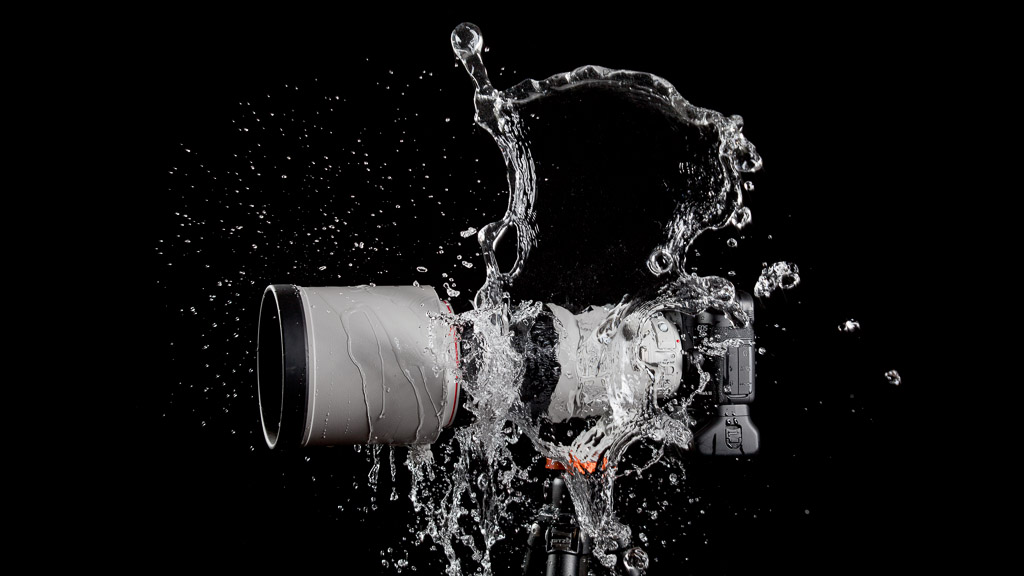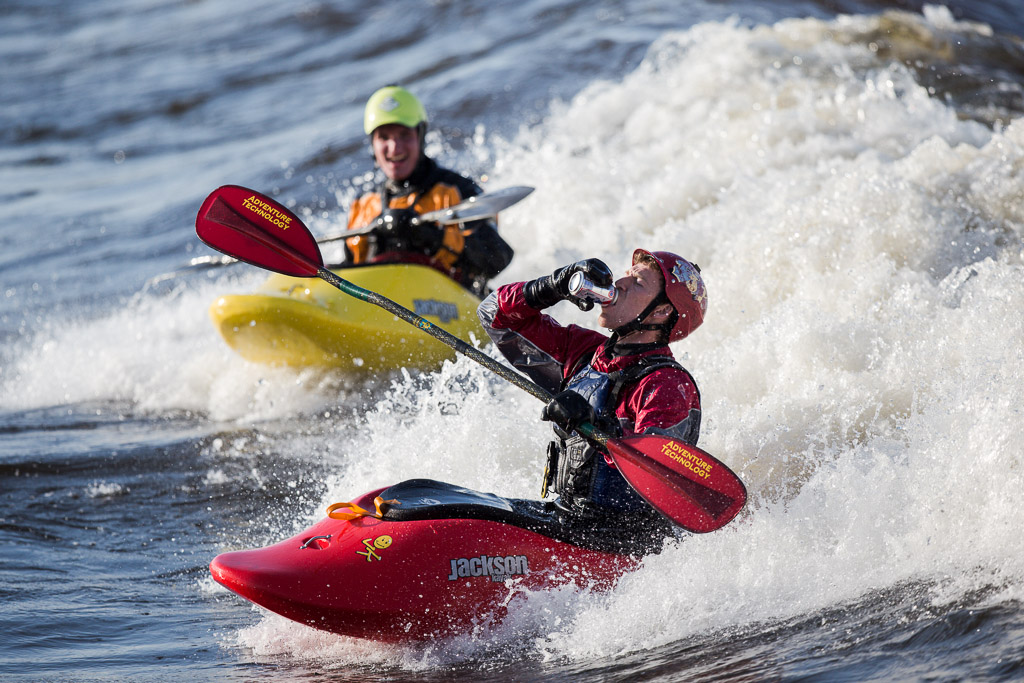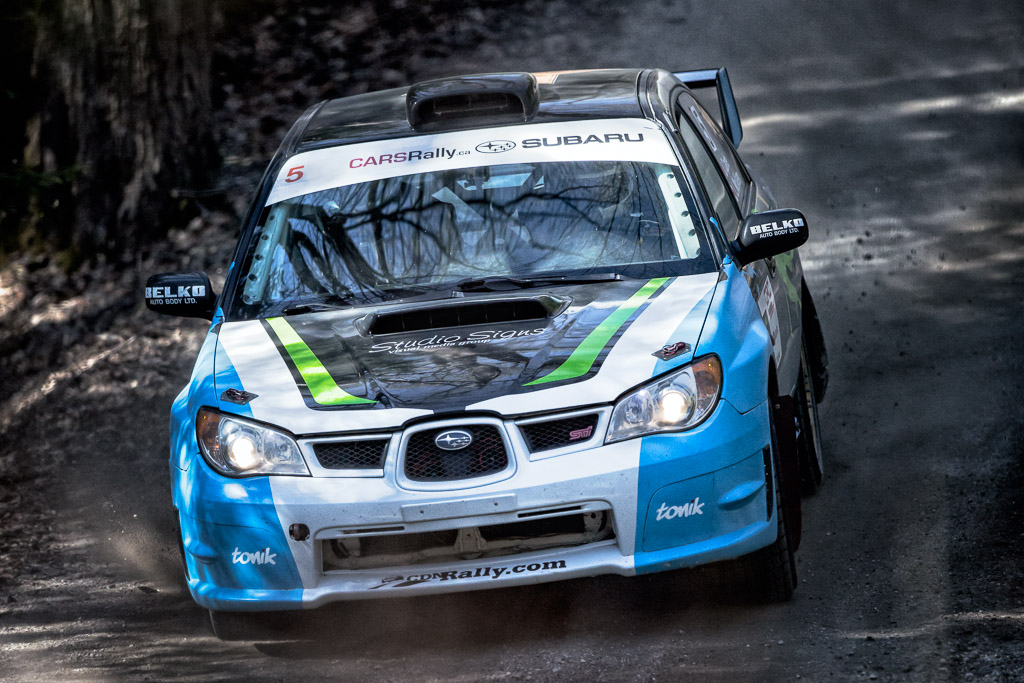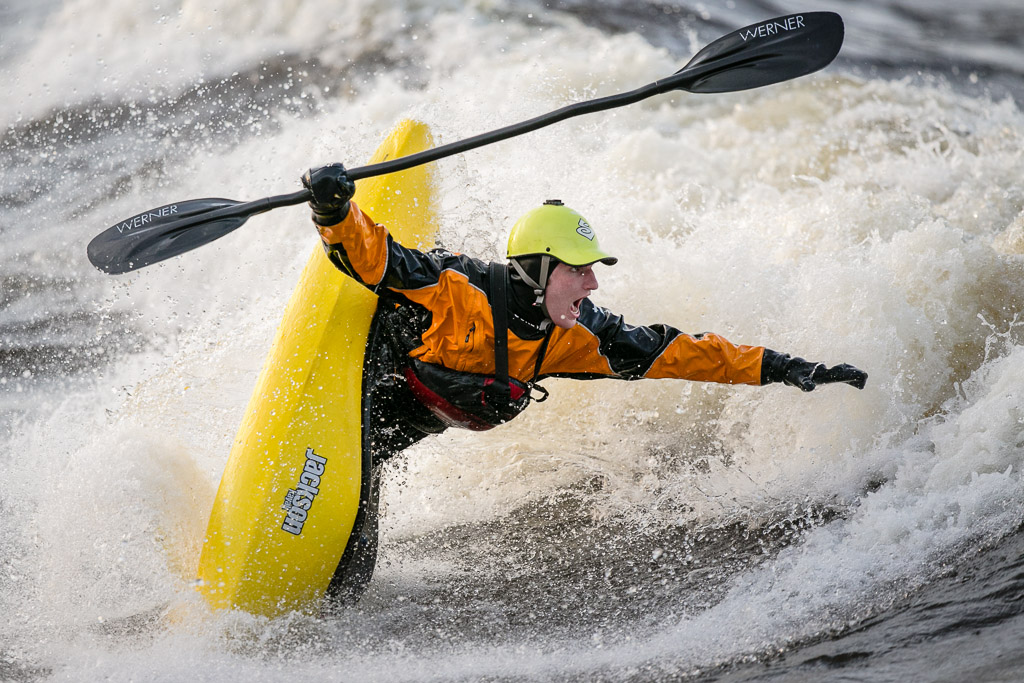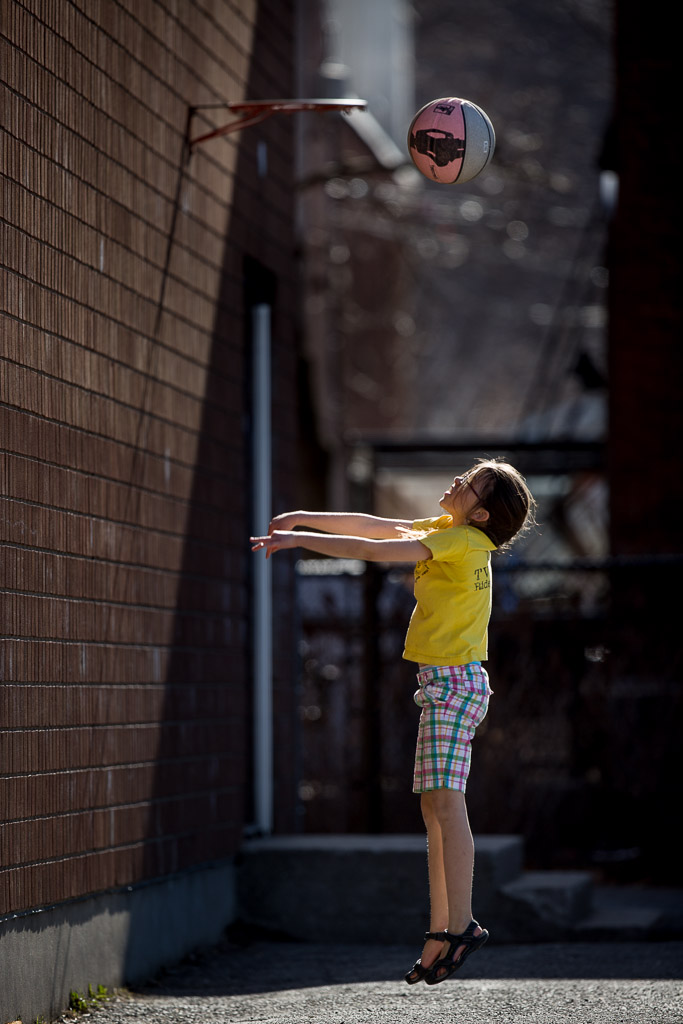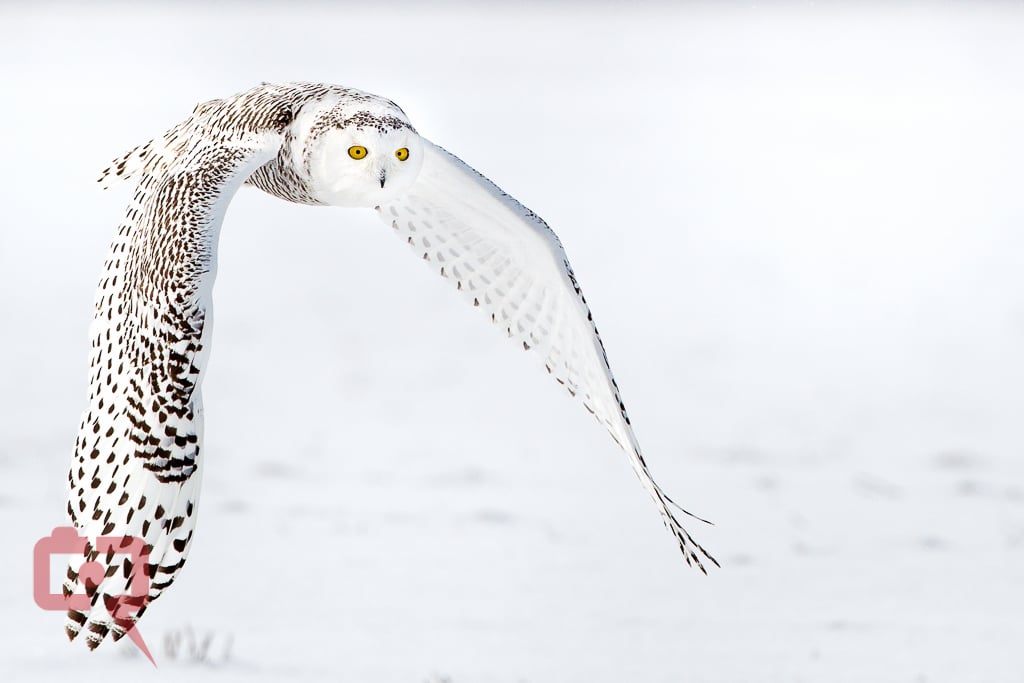Review – Canon EF 300mm f/2.8L IS II
By: Justin VanLeeuwen | Twitter
Discuss the Canon EF 300 f/2.8L IS II
There's a certain threshold you can pass in your lens acquisitions where usefulness, desire, and expanded needs meet. Perhaps in no place is this more true than when entering the super-telephoto range; extending 300mm and beyond. With the exception of a few choice zoom lenses, the Canon Super-Telephoto range enters a niche market of primes that serve a very specific purpose beyond what most photographers will encounter in a day (depending, of course, on what you do). I had always been curious about Canon's 300mm f/2.8 L, and when the 300mm f/2.8 L II was released I was eager to give it a try. Not much longer in range than my Canon 70-200mm f/2.8 L IS II, I thought it could be *handy* to have in situations where a bit of extra reach was needed. But at a retail price in the multiple thousands, “handy” may not cut it as that kind of purchase needs to be justified beyond a desire to fill a focal range gap. The Canon 300mm f/2.8 L IS II is the first in a range of lenses that, in my opinion, serve the purpose to get you closer to your subjects when your movement is otherwise restricted.
Build
We're clearly looking at a more or less $6,500 “pro” lens here; there's very little to fault in the sturdy metal construction of the body. While I found handholding it to be completely possible (especially with image stabilization engaged), I don't recommend spending a full day trying to shoot it without some level of support as the weight will get to you. A sturdy tripod or monopod will go a long way to help you get the shots you want (many of the images I captured here were using a monopod). The large rubber focus ring is incredibly smooth and easy to move as, obviously, a larger lens will accommodate this design feature.
Weather sealing is a must, as many photographers using it will be in unshielded outdoor venues or even near water. As you can see from the image above, I tested its capabilities and I'm happy to report everything still works as it should.
The lens comes with a very large hood which, as always, I do recommend you use not just to protect the front element since there are no screw-on filters of this size, but also to prevent light from entering and flaring-out your images. It may significantly increase the length of the lens, but you're not buying it to be discreet. The standard longer focal length switches adorn the side include a focus limiter, stabilization ON/OFF, stabilization mode 1/2/3, focus preset modes & the set button, and AF/PF/MF.
A bit on Image Stabilization
“Optical Image Stabilizer technology makes hand-held photography more practical at slow shutter speeds*” (*Canon USA). IS helps free the camera and photographer from the tripod and gives you a bit more latitude to how and where you shoot. As a guide, it's suggested that photographers’ shutter speeds should match the apparent focal length of the lens. So ideal shutter speeds on a full frame camera like the 1DX, 5DMKIII, or 6D, would be about 1/300th of a second at 300mm – of course this has no bearing on stopping motion or action. On a crop body like the Rebel series, 60D, or 7D you'd be looking to multiply that by the crop factor of the camera (1.6x) so 300mm would be 1/480th of a second, this make sense as the apparent focal length is magnified, so are any potential shakes. The IS advantage, then, is to allow yourself a bit more working room to achieve sharp images. The stabilization compensates for movement and shake, effectively correcting the slight changes the photographer introduces into the image through movement. 4 stops *technically* brings the 1/300th rating down to 1/50th of a second, though excellent technique is still recommended and, again, this won’t' stop your subject from moving. Obvious advantages to this are people working indoors, where lighting is limited and you don't need sports-level action stopping shutter speeds.
The mode switch allows for two types of stabilization: 1 is for “regular” use which corrects for vibrations in all direction, while 2 compensates for moving subjects or panning where there is a bit of fluidity and motion already being introduced to the lens to capture an image. Mode three “Corrects vibration only during exposure. During panning shots, corrects vibration during exposure only in one direction the same as MODE 2*.” [Canon USA].
There's a focus preset button so you can set a specific focusing distance and return to it at any time by rotating the “Playback Ring” (a grooved metal ring between the focus ring and the front rubber grip). The front rubber grip also has four equally placed AF stop buttons which temporarily pause autofocus.
Focus
The principal use of a long range telephoto is sports photography. Often you'll be facing fast-moving subjects in dynamic environments. While your camera has a lot to do with AF performance and it will ultimately impact how well the lens works, the lens itself needs to be able to perform to high standards. I'm happy to report this lens meets and exceeds any expectations you may have of it. Focus was incredibly fast, quiet, and accurate to a point that any error was likely mine and/or a combination of the auto-focus settings I had enabled on the camera. New to this lens in version 2 is the “PF” focus mode:
“Helping moviemakers achieve smoother and more appealing focus shifts when filming on EOS DSLR cameras, Canon has included a new Power Focus (PF) mode on the company's two new super telephoto lenses. This mode allows manual rack focusing to be operated smoothly by turning a playback ring that is normally used for the focus preset function. Both low and high speed focus shifting is available” [Canon USA].
Image
When I first started using the Canon 300mm f/2.8 L IS II, someone I knew mentioned “It doesn't suck, eh?” and were they right. Rarely did I stop down from f/2.8 – after-all, a fast wide-open aperture to create lovely out of focus backgrounds is part of the appeal – and rarely did I need to. The lens is sharp wide-open, from what I can tell corner to corner. It does vignette slightly, which improves as you stop down but I'm tired of writing about fast lenses and vignetting. THEY ALL VIGNETTE; this isn't news. I often find the vignette pleasing as it helps to further focus the viewers’ eyes on the subject of your photograph.
I was hard pressed to find any noticeable flaws in the optics either. Chromatic Aberration and fringing were nearly non-existent. Since I used the lens’ hood whenever I was shooting I didn't encounter any flare, and honestly forgot to shoot into the light to try and challenge the lens itself (also, I find the idea of a 300mm magnification of the sun slightly scary for my camera sensor). At 300mm f/2.8 you're also looking at incredibly smooth and out of focus backgrounds, an interesting phenomenon is that at a close distance you can introduce minor obstructions like branches and fences and they won't appear in your final image (though they will influence image quality as they're just blurred out).
Compression is another great reason to use a telephoto lens, as it helps bring background elements “closer” in a two-dimensional image. Coupled with a particularly close minimum focus distance of 2 meters, there are some unique opportunities but I implore you, please do not use this knowledge for evil. Focusing closely at someone’s face at 300mm will “flatten” the perspective of their entire head, bringing their rear-most features like ears, and top/back of their head closer to the frame, a flattening but not a flattering look. A strange phenomenon I ran into was when the lens blurs out more detailed backgrounds, like shrubs without leaves. The pattern and lines left, while still very much out of focus, were still a bit distracting, though not as distracting as in-focus twigs.
Who's it for
Sports and events, as mentioned, are a clear use for the lens where a fast f/2.8 aperture will help frame full-body subjects with a wonderfully blurred out background. But don't think you'll be capturing subjects too far away, after all, this is only 300mm and you may find yourself wanting a bit more reach as I did photographing kayakers on the Ottawa River. Most of these shots were cropped down to better frame the subject. The Canon 300mm f/2.8 L IS II is fully compatible with Canon extenders, which will cost you a bit of your aperture speed as well as a notable degradation of image quality.
I imagine some wild-life photographers would be interested in this lens, but I found the lens too short to reach smaller creatures, I think the 300 is best suited for larger (non-violent) animals within a good 20 metre range. Horses, dogs and cattle come to mind, perhaps because they're domesticated and you can get closer to them by their nature. I just don't like the idea of approaching a grizzly bear with only 300mm… Maybe 400mm buys you some safe space. If you took this on Safari, I'd definitely suggest you invest in an extender.
I'm sure many people are interested in the lens for some unique portrait opportunities, but having used the slightly lighter Canon 200mm f/2.0 L IS I can't see anyone using the 300mm over it. Again, if reach and range isn't an issue you'll get similar looking, if not better, images using something that gives you a bit of a tighter working distance. Of course, if range is a factor and you're unable to get closer to your subjects, photojournalists working on a high-profile story may find the lens very useful, though its price may seem restrictive.
Conclusion
I'm thankful that I was able to use this lens as long as I did, since it made me realize how seldom I'd use it in my day-to-day work if I owned it. I'm not involved in sports, or wildlife, and many of my editorial assignments actually put me in a restrictive space. Rentals on this focal range are readily available and certainly an option for me otherwise. This wasn't a lens I took out with me every day; I had to seek out events and situations to put it to. It abated my own curiosity, and helped confirm that one does not indeed need everything.
You're not me, though, and you may find 300mm is exactly the range you require. The lens is superb, no doubt, and I don't think anyone who already knew this was something they needed ever thought otherwise. That's why I wrote this piece completely from my perspective, from the curious photographer, wondering if I need just a little more reach. More practical for my use, I think, will be getting a 1.4 extender, and dropping it onto my 70-200 f/2.8 L IS II to get 280mm f/4. Sure, it's not as nice as 300mm f/2.8 but it's a lot lighter and more practical for my use.
Of course none of the images I shot above would have been achieved without the 300 f/2.8, though I think many of them would have been possible with a 400mm f/2.8… And while my curiosity was piqued, I think for the more specialized super-telephoto focal lengths, I should step aside and let someone else handle those reviews.
CR's Take
I've used the EF 300 f/2.8L IS II a few times and found it to be a delight to use. It's actually a lot more versatile of a focal length than people tend to realize. I've found myself using it for wildlife, portraits, landscape and anything else where I want compression, isolation or moderate reach. The lens is well balanced and is easy to use for long periods of time. The autofocus and image quality are second to none. It's hard to believe they made the 300 f/2.8L IS II even better than its predecessor.
As a rental item, we've never had any issues with this lens. It gets used hard and is built to take it.
There's really nothing else to write, the lens is awesome and if you're in the market for something in the 300mm-400mm range, you will not be disappointed. Most people that rent it, or write reviews about it, don't want to give it back.
Purchase Options:
- Canon EF 300mm f/2.8L IS II: Adorama
Pros:
- Nigh-perfect image quality
- Fast and accurate autofocus coupled with highly functional image stabilization.
- Exceptional Build
- Relatively inexpensive compared to the Canon 400mm f/2.8 L IS II
Cons:
- Weight can be an issue for some
- Relatively expensive compared to some zooms in the same focal range (though not the same aperture)
- Potential gateway lens leading to even longer lenses that cost even more crazy amounts of money


